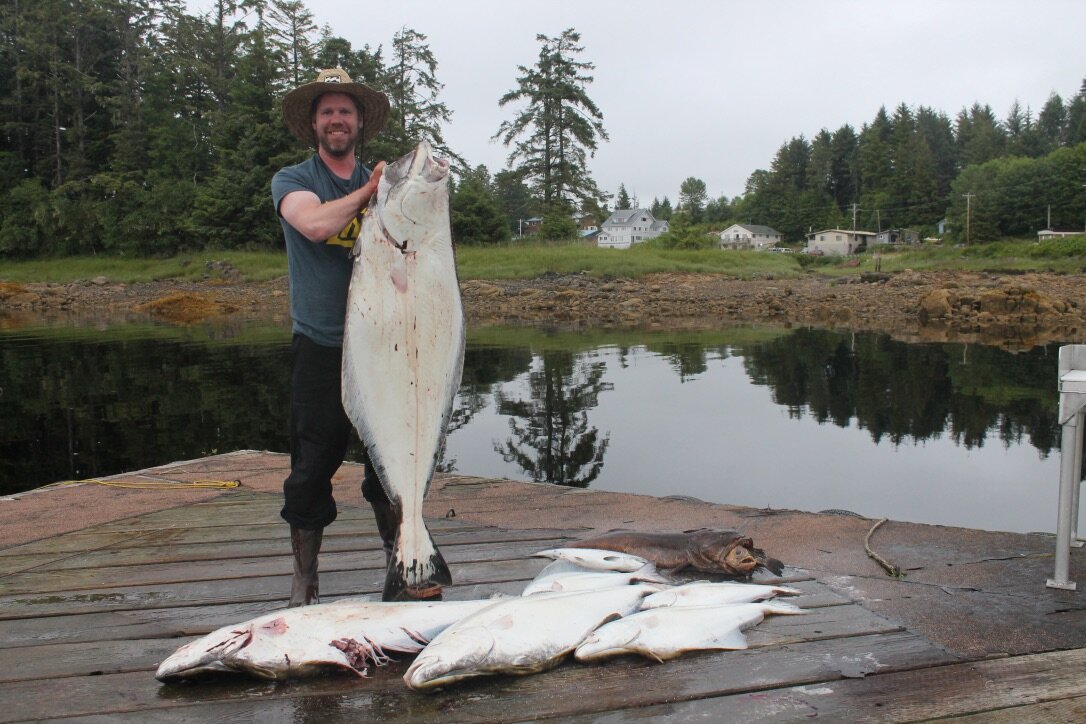April 2019
Because I like to overthink things, I wondered at what point the fate of the bottom of the ocean would look like the bottom of my freezer. I fished out the last chunk of halibut and set it out to thaw. Enchiladas.
Since my family moved to Klawock in 1986, halibut has been on the menu, and since I broke up with California and moved to Ketchikan in 2013 after 10 years of teaching high school English and chasing brown trout, I’ve become increasingly concerned about where we go from here.
As part of the DIY movement, southeast Alaska has seen a dramatic rise in the amount of people renting boats and self-guiding during their stays. The conspicuous lack of regulation in this area has caught the attention of many who want to close loopholes to both the businesses and self-guided anglers. A self-guided angler can catch two halibut of any size while guided anglers are limited to one with size restrictions.
It seems like regulating the catch and requiring catch reports would be a no-brainer. But it’s not that easy.
Many locals do not have boats and instead choose to rent boats on occasion to stock their freezers. Since halibut is regulated by the FEDs, there cannot be any discrimination, if the North Pacific Fishery Management Council decides to change the limit for self-guided anglers, it will impact residents too. Locals would have their limit of halibut reduced to that of the charter fleet without the benefit of having a guide or the means, likely, to get to fishing grounds further from shore as most rental boats are skiffs or small covered boats. However, lodges often do provide rental boats with GPS locations to increase the likelihood of finding them. Residents up and down southeast will tell you that local honey holes are drying up. While something should be done, what?
When Prop 1 failed, many of us in southeast Alaska were not surprised. “Stand for Salmon” sounded really easy to support. But would the law have done anything to address waning stocks? There isn’t an ecosystem that has been totally destroyed that southeast Alaskans can point to and say “There, that’s why the fish aren’t coming back. Let’s pass something that addresses it.” Because Prop 1 sounded more like a plan to regulate than a plan to legitimately address current population issues, many Alaskans decided to vote no, and “Stand for Alaska” businesses and development. That’s not to say it was clearly the right thing to vote no for those who did, I’d be willing to bet there were plenty of people who were only 55% convinced one way or the other.
While Alaska affords opportunity unlike any other state – not just in terms of game but also access – it is just as complicated. Rather than simply sound off to people with whom you agree, get your voice into the right discussions and to the right ears. Maybe the answer is not in planting your flag on a side, but finding some traction going forward understanding that no one wants others to starve, no one wants others out of a job and no one deserves all the blame.
But we do want halibut. So we do have to listen.

